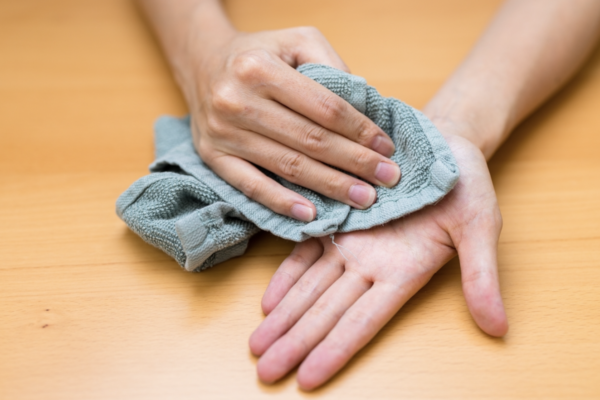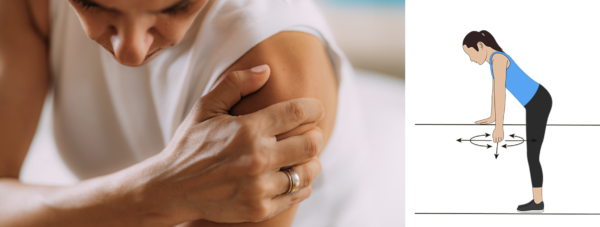In my clinic experience, the most common problem is pain. How I deal with muscle skeleton problems and pain related; back/shoulders/legs/hands/neck/wrists/feet/elbows/knees etc. in the scope of an acupuncturist. Of course, you don’t want to chase pain all the time; you want to look at the person as a whole and start correcting the source of the pain, not just the symptoms.
Poor Posture and Resulting Compensations
As most people know, proper posture refers to the spine’s alignment with the head, shoulders, and hips. The tricky part is maintaining these bodies in a straight and comfortable position that reduces muscular tension. Poor posture causes one or more body parts to get out of alignment, triggering a chain reaction of tissue compensation.
They might not even realize they’ve developed these compensations. They might be able to move without pain or issue. However, as time passes, the compensatory motor pattern becomes established, leaving individuals vulnerable to injury.
❤️ Treatment Goals / Strategy
Acupuncture allows you to treat a person’s nervous system as well as their muscle system. The idea is to inactivate or relax tissue areas that are short and tight and activate those areas that need to wake up and do their job locally and globally.
During the initial assessment of a new patient, I start by focusing on their local issue and begin to build an understanding of how that issue is likely connected to a more global problem related to their posture and movement.
❤️ Treating major muscle groups in the shoulder girdle and hips can improve a patient’s pain, posture, and overall body tension. The shoulder complex is the upper motor, driving the movement of the upper limbs, and the hips in the other hands, causing the lower limbs movement. Treating these two muscle groupings with acupuncture will, by default, help relieve tight necks, shoulders, backs, hips, and knees, reaching the periphery through its fascial, muscle, and nervous connections.
As mentioned, treating muscle skeleton issues requires addressing the symptoms locally while addressing the underlying problem globally. A treatment strategy for managing muscle pain and dysfunction should include acupuncture needling, manual therapy, and corrective exercise.



